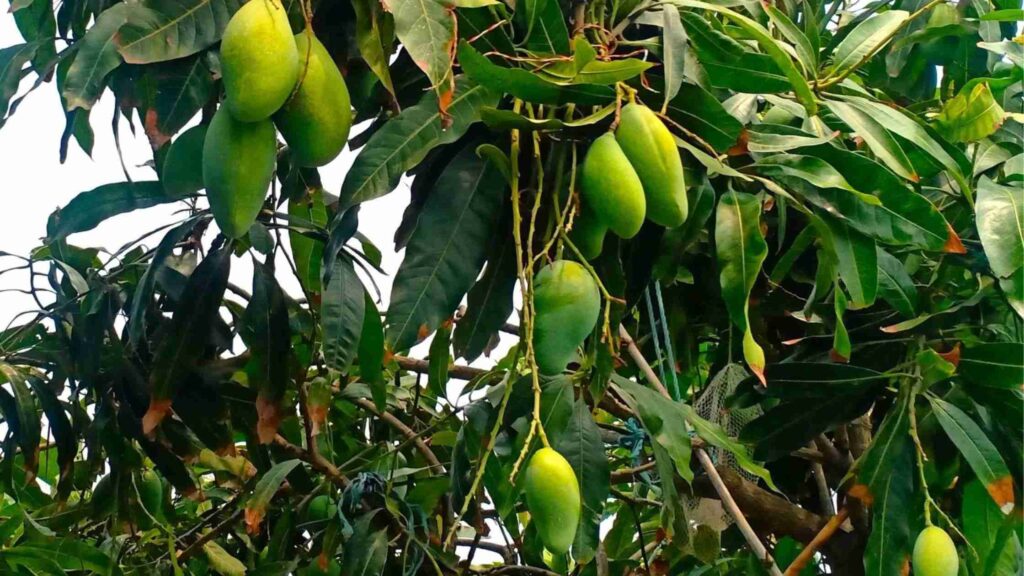In this content, you’ll get all the answers. Here are tips for care and save new plants in roof garden for you. Plant and care for new plants.
Initial Care for New Seedlings:

Semi-Shade Placement: New seedlings should be kept in a semi-shaded environment for a week following their purchase. Make sure they don’t become wet or exposed to direct sunlight during this time.
Polythene Packets or Tubs: After bringing the seedlings home, store them in their original polythene packets or tubs for a month.
Planting Right Away: Plant plants that you ordered online as soon as possible. As soon as you can, put them in a small tub and store them in a shed.
Handling Fruit on Small Trees:
Fruit Drop: Do not worry if the fruit of a small tree falls off; this is normal. If seedlings bear fruit, remove the fruit at the time of planting.
Handling Air Layering Seedlings:
Whether you buy or make your own, do not plant air-layering seedlings directly in a tub. First, place the seedlings in a wet sand filter tub.
Preparation before Planting:
Fungicide Treatment: Do not plant seedlings directly in the tub. Dip the seedlings in fungicide-treated water. Place the seedlings in wet sand to encourage root development.
Online Purchased Plants:
Immediate Planting: Do not delay planting plants bought online. Place them in a small tub and keep them in a shed as soon as possible.
Soil Preparation for New Seedlings:
Simple Soil Mix: When planting young seedlings, use a basic soil mix without any additional fertilizer. 50% garden soil, 20% cocopeat, 20% sand, 10% vermicompost or cow dung compost, leaf compost, 100 grams of neem khol, and 1 teaspoon of fungicide should all be included in the potting mix.
Tubs Selection
For Care and Save New Plants, clay tubes work best. Additionally, trees can be planted in plastic drums. I utilize grow bags and earthen tubs. Depending on the particular requirements of your plants and the local growth circumstances, any style of container may be appropriate. Selecting the ideal container for your plants will be made easier by considering balancing variables such drainage, aeration, moisture retention, and temperature regulation. It is true that using smaller clay pots for fruits and flowers instead of larger ones might be beneficial, especially for smaller plants and trees. due to improved space utilization, water management, enhanced growth, better root management, and efficient nutrient use.
Drainage System
Both Grow Bags and Tubs should have excellent drainage systems for potting new plants. By ensuring that there is sufficient drainage, you can provide your seedlings the greatest growing circumstances possible. As a result, there will be a greater chance of issues such as infections and root rot, and healthy development.
Avoiding Direct Sunlight
After planting, keep newly acquired seedlings out of direct sunlight. Take them outside into the sun after storing them in the shed for seven days. Fertilizer should not be applied for two months. You’re giving your seedlings the greatest start possible by adhering to these instructions, which will support them in developing robust roots and wholesome growth patterns.
Repotting the Plant
If the roots move on the ground or if there is a crack in the tub under the pressure of the roots, it should be repotted. When the tree is in a 3-4-inch tub, then it should be repotted to 6-8-inch tub. If it is a 6-8-inch tub then it should be repotted to a 10-12-inch tub. If the trees are in 10-12-inch tubs then it should be repotted to 14-18-inch tubs.



